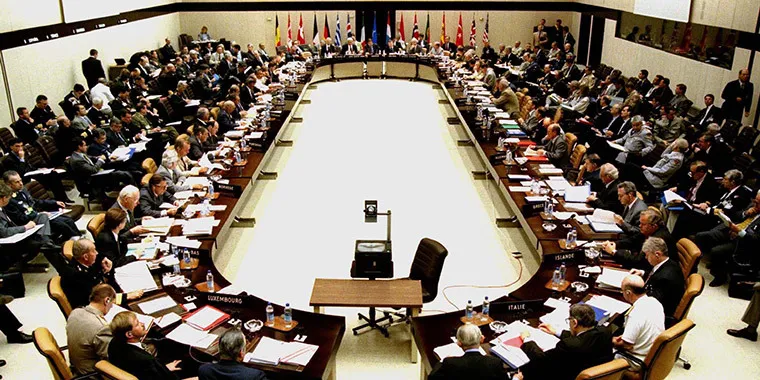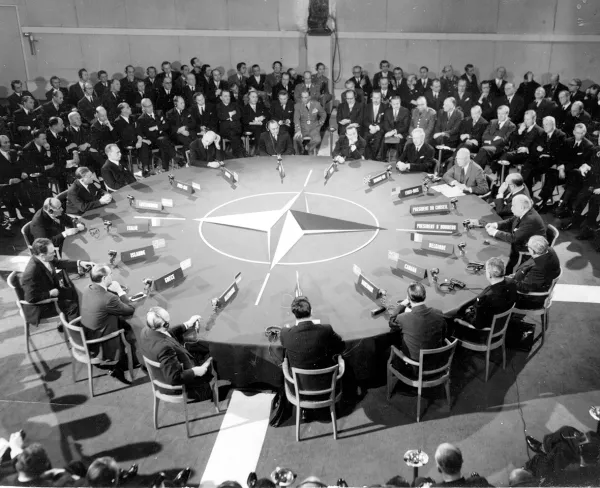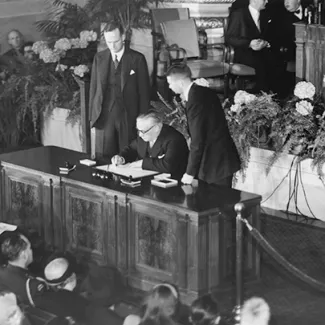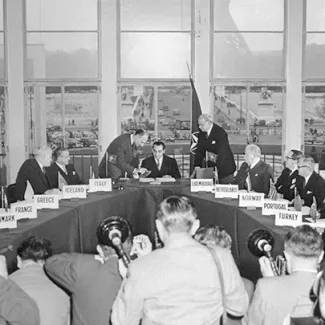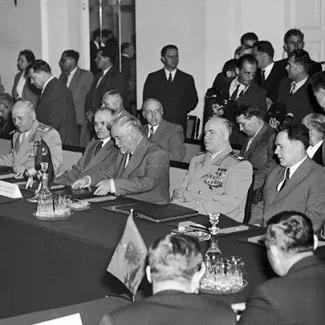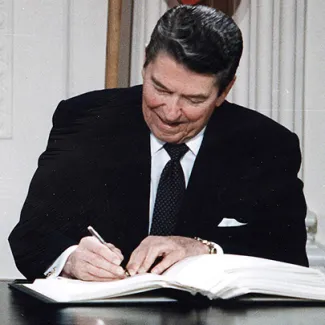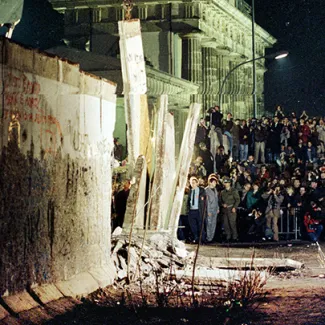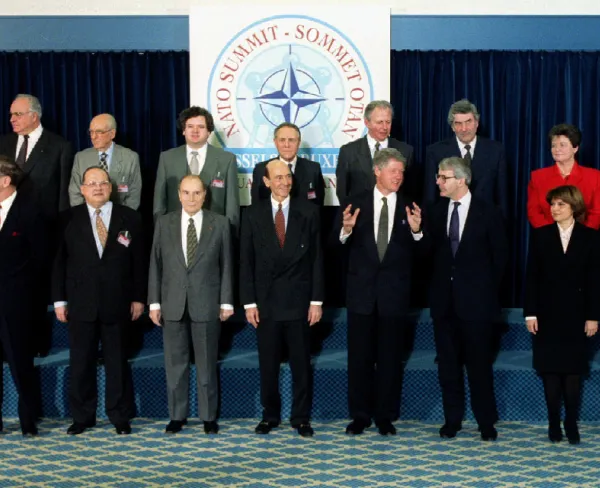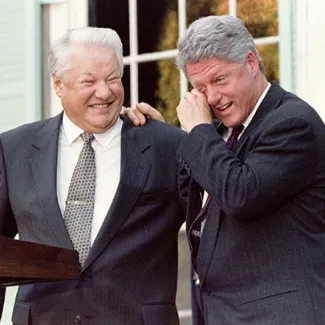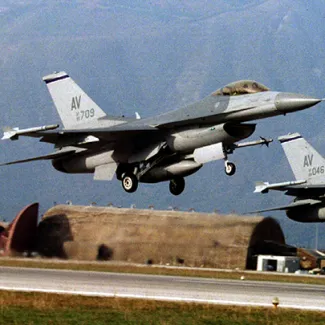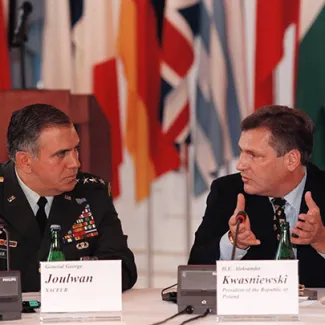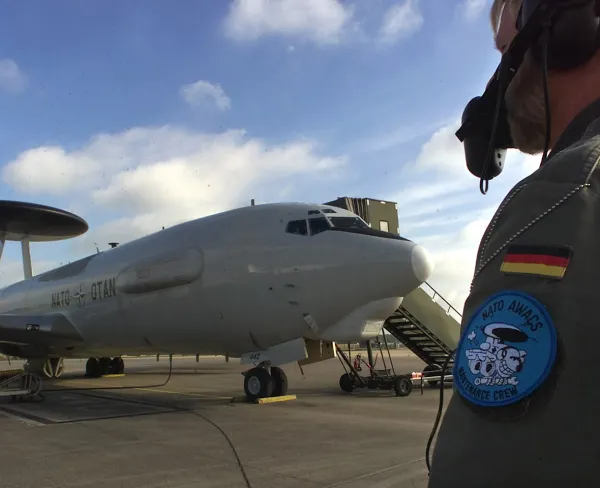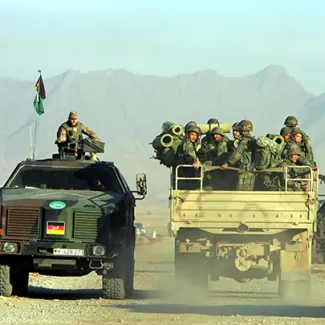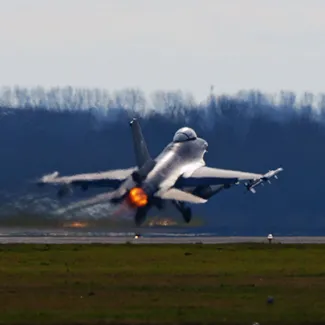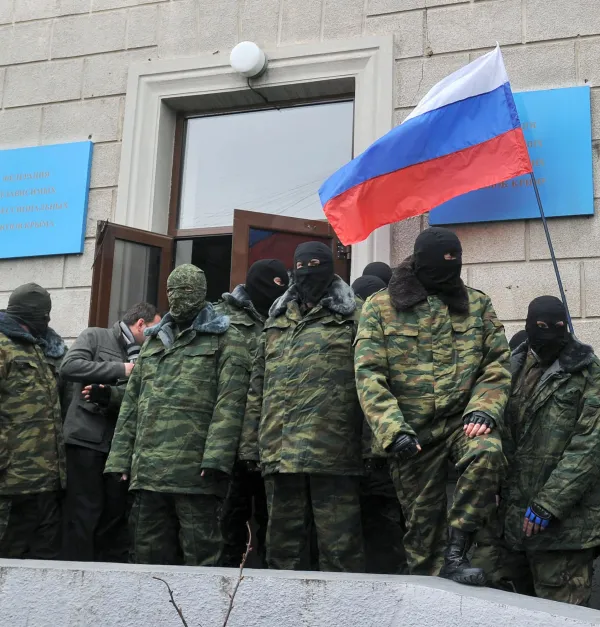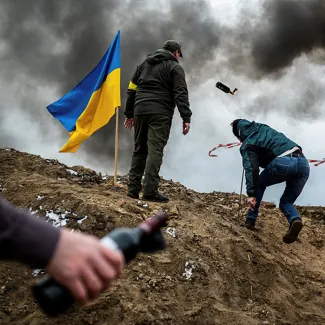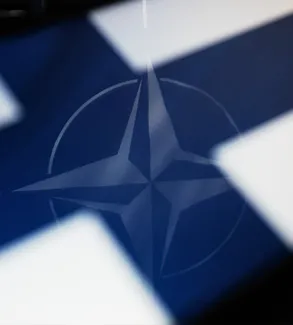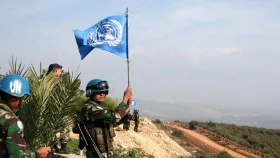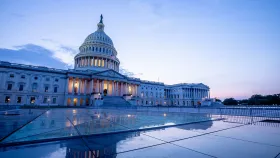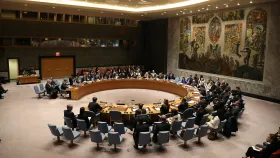NATO: The World’s Largest Alliance
What is NATO? Trace NATO’s history and learn how the organization’s mission has evolved over seventy-five years, from the end of World War II to Russia’s war in Ukraine.
Following the end of World War II, the relationship between the Soviet Union and other Allied powers deteriorated. As a result, the United States, Canada, and a group of ten European countries organized themselves for a new geopolitical reality. In 1949, they created the North Atlantic Treaty Organization (NATO), an alliance to preserve a free, integrated, and democratic Europe. NATO was established to particularly combat the growing influence of the Soviet Union.
In international relations, an alliance is a group of countries that come together to promote their common security interests. In many cases, alliances promise military support if one member is threatened. This formal commitment is known as mutual security. The core of NATO’s strength comes from Article 5 of its founding treaty—a commitment that an attack on one member country will be considered an attack on the entire alliance.
All kinds of countries benefit from alliances. For smaller, weaker countries that lack resources to mount a proper defense, joining an alliance can be the only realistic path to maintaining security and deterring potential foes. Larger or stronger countries use alliances to increase their military might. Large countries sometimes also use alliances to assert their influence over smaller countries. Specifically, alliances have been leveraged by powerful countries to discourage nuclear proliferation among smaller, weaker countries.
For over seven decades, NATO has endured, even as the common foe that it was organized against—the Soviet Union—disappeared. It successfully protected its members against Soviet aggression; no NATO member was ever attacked by the Soviet Union. Today, the alliance consists of thirty-two member countries. NATO is an essential reason that Europe has remained mostly conflict-free since the end of World War II. But it has also recently taken on faraway missions in places like the Middle East to prevent humanitarian suffering. However, such humanitarian interventions have had mixed results. Additionally, the alliance has come under increased scrutiny due to many of its European members not spending enough on their defense. These challenges come as many NATO countries consider Russia a renewed threat to Europe’s security following its aggression in Ukraine.
NATO Timeline
This timeline explores NATO’s history—from its origins as a bulwark against the Soviet Union to its present-day operations far from Europe’s shores. This resource also examines the effects of expanding NATO membership, evolving mission, and recent funding concerns, all of which point toward an uncertain future.
